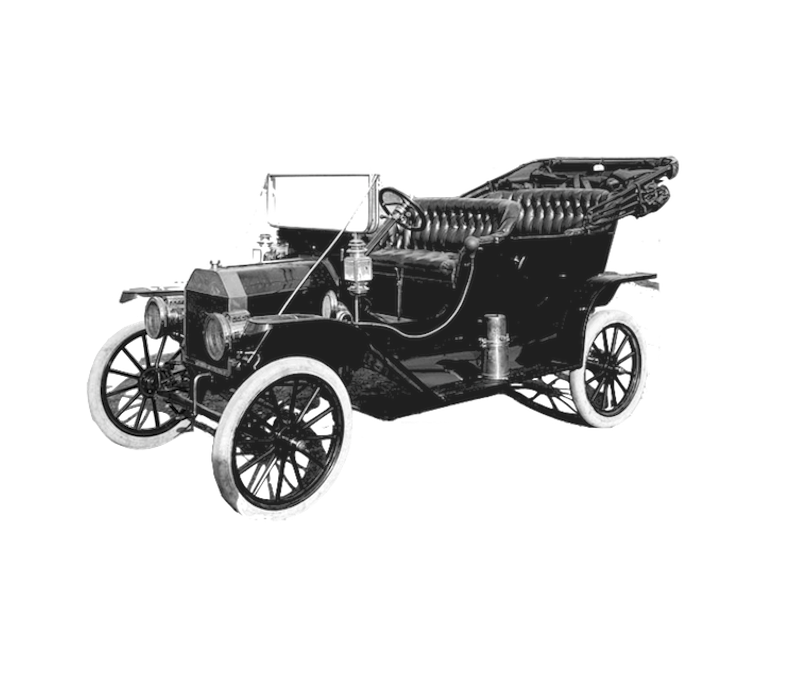by Design

by Design
How to Create Products that Disrupt
Why do some new products succeed spectacularly
while others sputter to failure?
Better question: Why do some products disrupt markets, forever changing the competitive landscape while others are barely noticed? Is this kind of breakthrough success predictable, or an accident of fate and timing?
From Eli Whitney to Henry Ford to Ray Kroc to Steve Jobs, market disruptors are the ones we remember -- the ones who "make a dent in the universe". They reap the benefits of success, fame and fortune. But are they special? Are they any different from you and me? Can their secrets be learned?
They certainly were special, but only because they figured out how to be disruptive on their own, without the benefit of research, data and analysis of other disruptors and the ways they succeeded.
In his ground-breaking new book, Paul Paetz dissects how to systematically apply disruption theory, providing a step-by-step guide for entrepreneurs and innovators that walks through the strategies that create disruptive products on purpose.
Learn how to disrupt markets on purpose
"Disruption by Design" takes the lessons learned from successful disruptors, and from many companies that could or should have disrupted but failed, and articulates a step-by-step process entrepreneurs can use to develop product and marketing strategies and a business model design that maximizes the probability of successful market disruption. Beginning with a quick review of disruption theory and how to identify ideas with disruptive potential, "Disruption by Design" guides you through the design, build and go-to-market phases that successful disruptors follow.
This book fills an important space on every startup entrepreneur’s bookshelf because for the first time, disruption theory is driven down to practical application, answering the question “how do I create a disruptive company, product and culture”.
Insights you won't find anywhere else
explains not just how, but why disruption happens
where-to-look guide for discovery of disruptive opportunities
how to predict when market disruption is likely
how to design your business model and strategy to maximize probability of being disruptive
roadmap to disruptive success, from initial idea to product launch and all the way to market disruption
how to stay atop the market, and not become a victim of the next disruptor






